Home>Others>Specialized Home Improvement Topics>How To Organize Mail At Home


Specialized Home Improvement Topics
How To Organize Mail At Home
Modified: October 20, 2024
Learn effective strategies for organizing mail at home with our specialized home improvement topics. Streamline your mail management and create a clutter-free living space.
(Many of the links in this article redirect to a specific reviewed product. Your purchase of these products through affiliate links helps to generate commission for Storables.com, at no extra cost. Learn more)
Sorting Incoming Mail
Sorting incoming mail is the first step to maintaining an organized home. When the mail arrives, it's essential to go through it promptly to avoid clutter and ensure that important documents are not overlooked. Start by designating a specific area in your home for sorting mail, such as a table or a desk. As you go through the mail, separate it into different categories, such as bills, personal correspondence, magazines, and advertisements. This initial sorting will make it easier to process and deal with each type of mail accordingly. Remember to discard any junk mail immediately to prevent it from piling up.
Once you've sorted the mail into categories, it's time to take further action to manage each type effectively. This may involve setting up a mail organization system, creating a mail station, managing junk mail, and storing important documents. Let's delve into each of these aspects to help you streamline the process of organizing your mail at home.
Key Takeaways:
- Stay organized by designating a specific area for sorting mail and promptly discarding junk mail to prevent clutter and ensure important documents are not overlooked.
- Create a dedicated mail station with essential supplies, storage solutions, and personalized touches to effectively manage incoming mail and prevent it from becoming a source of clutter in your home.
Setting Up a Mail Organization System
Setting up a mail organization system is crucial for keeping track of important documents and correspondence. One effective way to do this is by using a filing system. Invest in a set of sturdy, labeled folders or a filing cabinet to categorize and store different types of mail. Create separate sections for bills, personal letters, warranties, and other important documents. This will make it easier to locate specific items when needed and prevent them from getting lost or mixed up with other papers.
Another useful method for organizing mail is to utilize a digital system. Scan important documents and store them on your computer or in the cloud. This not only reduces paper clutter but also provides a backup in case physical copies are lost or damaged. Consider using email folders to categorize and store digital correspondence, such as electronic bills and statements. This approach can help streamline the process of managing both physical and digital mail, making it easier to access and reference important information.
To further enhance your mail organization system, consider implementing a color-coding or labeling system. Use different colored folders or labels to distinguish between various types of mail, such as bills, personal correspondence, and subscriptions. This visual cue can help you quickly identify and prioritize different items, making it easier to stay on top of important tasks and deadlines.
In addition to physical and digital organization methods, it's important to establish a routine for processing and managing incoming mail. Set aside dedicated time each day or week to go through the mail, pay bills, and respond to correspondence. By incorporating this habit into your schedule, you can prevent mail from accumulating and ensure that important tasks are addressed in a timely manner.
By setting up a comprehensive mail organization system, you can effectively manage incoming mail, reduce clutter, and maintain a well-organized home environment. Whether you prefer a combination of physical and digital organization methods or rely solely on one approach, finding a system that works for you is key to staying on top of your mail and minimizing stress associated with disorganization.
Creating a Mail Station
Creating a dedicated mail station in your home can significantly streamline the process of managing incoming mail. Start by selecting a suitable location for your mail station, such as a hallway table, a countertop in the kitchen, or a wall-mounted organizer near the entryway. The key is to choose a spot that is easily accessible and visible, allowing you to sort and process mail as soon as it arrives.
Once you've identified the location, equip your mail station with essential supplies to facilitate mail organization. This may include a letter opener, recycling bin, shredder for disposing of sensitive documents, pens, sticky notes, and a trash can. Having these items readily available will make it easier to handle incoming mail efficiently and dispose of unwanted items promptly.
Consider incorporating storage solutions into your mail station to keep it organized and clutter-free. Install a wall-mounted organizer with compartments for sorting mail into different categories, such as bills, personal correspondence, and magazines. Utilize baskets or trays to hold outgoing mail, stamps, and envelopes, ensuring that everything you need is within reach when it's time to send mail.
To further enhance the functionality of your mail station, consider adding a bulletin board or chalkboard for displaying important reminders, upcoming events, or to-do lists. This can serve as a visual aid for keeping track of deadlines, appointments, and tasks associated with the mail you receive.
Incorporate a stylish touch to your mail station by adding decorative elements that complement your home's aesthetic. Choose a decorative tray for holding incoming mail, or display a vase of fresh flowers to brighten up the space. By infusing your personal style into the mail station, you can transform it into a visually appealing and functional area that adds to the overall ambiance of your home.
By creating a designated mail station equipped with essential supplies, storage solutions, and personalized touches, you can effectively manage incoming mail and prevent it from becoming a source of clutter in your home. This centralized hub for sorting, processing, and storing mail will not only streamline the organization process but also serve as a practical and visually pleasing addition to your home environment.
Use a designated area for incoming mail, such as a tray or basket. Sort mail immediately into categories like bills, personal correspondence, and junk mail. Set aside time each week to go through and address each category.
Managing Junk Mail
Dealing with an influx of junk mail can be a frustrating aspect of managing incoming mail. However, there are several effective strategies for minimizing and managing junk mail to prevent it from cluttering your home. One proactive approach is to reduce the amount of junk mail you receive by opting out of unsolicited mailings. You can accomplish this by registering with the Direct Marketing Association's Mail Preference Service or utilizing online services that allow you to opt out of receiving unsolicited advertisements and promotional offers.
Another effective method for managing junk mail is to promptly discard it upon arrival. Designate a specific recycling bin or shredder near your mail station to dispose of unwanted mail immediately. By taking this proactive approach, you can prevent junk mail from accumulating and contributing to clutter in your home.
Consider implementing digital alternatives for managing certain types of mail, such as electronic billing and statements. Many companies offer the option to receive bills and correspondence via email, reducing the amount of physical mail you receive. By opting for electronic communication, you can significantly decrease the volume of paper-based junk mail and streamline the process of managing important documents.
In addition to these proactive measures, it's important to stay vigilant and regularly review your mail to identify and address any recurring sources of junk mail. Keep an eye out for pre-approved credit card offers, catalogs, and other unsolicited mailings, and take the necessary steps to opt out or unsubscribe from these mailings. By staying proactive and attentive, you can effectively manage junk mail and prevent it from overwhelming your home.
By implementing these strategies, you can effectively manage and minimize the impact of junk mail, ensuring that your home remains organized and free from unnecessary clutter. Taking proactive steps to reduce the influx of unwanted mail and promptly disposing of junk mail can significantly contribute to a well-organized and clutter-free home environment.
Storing Important Documents
When it comes to storing important documents, it's crucial to have a reliable system in place to safeguard essential paperwork and ensure easy access when needed. One effective method for storing important documents is to utilize a secure filing system. Invest in a fireproof and waterproof filing cabinet or a durable file box to protect documents from potential damage. Organize documents into clearly labeled folders based on categories such as insurance policies, medical records, financial documents, and legal paperwork. This systematic approach not only facilitates easy retrieval of specific documents but also provides added protection against unforeseen circumstances.
In addition to physical filing systems, consider implementing a digital backup for important documents. Scan and store digital copies of essential paperwork on a secure hard drive or cloud storage platform. This redundancy ensures that even in the event of physical document loss or damage, you have a backup to rely on. When storing digital copies, prioritize security by utilizing encryption and password protection to safeguard sensitive information.
To further enhance document organization, consider utilizing archival-quality sleeves or protective covers for valuable documents such as birth certificates, passports, and property deeds. These protective measures help prevent wear and tear, preserving the integrity of important documents for years to come. Additionally, consider investing in a safe or lockbox to store particularly sensitive documents, providing an extra layer of security and peace of mind.
When determining the storage location for important documents, opt for a secure and easily accessible area in your home. Avoid storing documents in areas prone to moisture, extreme temperatures, or high traffic. A dedicated home office, a secure closet, or a personal safe are ideal locations for storing important documents, ensuring both security and convenience when retrieving or updating paperwork.
Regularly review and update your document storage system to ensure that it remains organized and up to date. Purge outdated or unnecessary documents to prevent clutter and streamline the retrieval process for essential paperwork. By maintaining a well-organized and secure system for storing important documents, you can effectively safeguard valuable information and maintain a sense of order within your home.
Frequently Asked Questions about How To Organize Mail At Home
Was this page helpful?
At Storables.com, we guarantee accurate and reliable information. Our content, validated by Expert Board Contributors, is crafted following stringent Editorial Policies. We're committed to providing you with well-researched, expert-backed insights for all your informational needs.
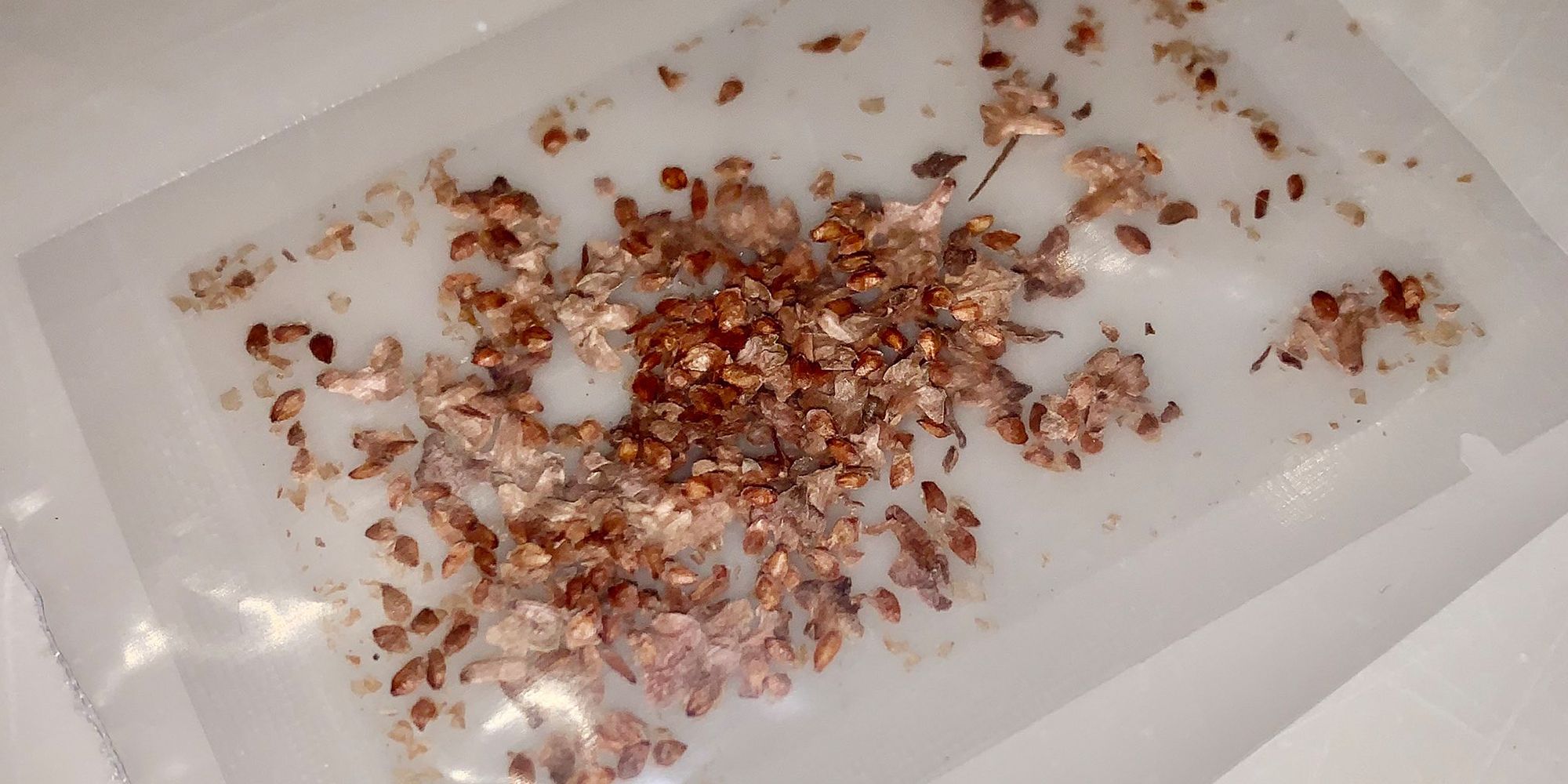

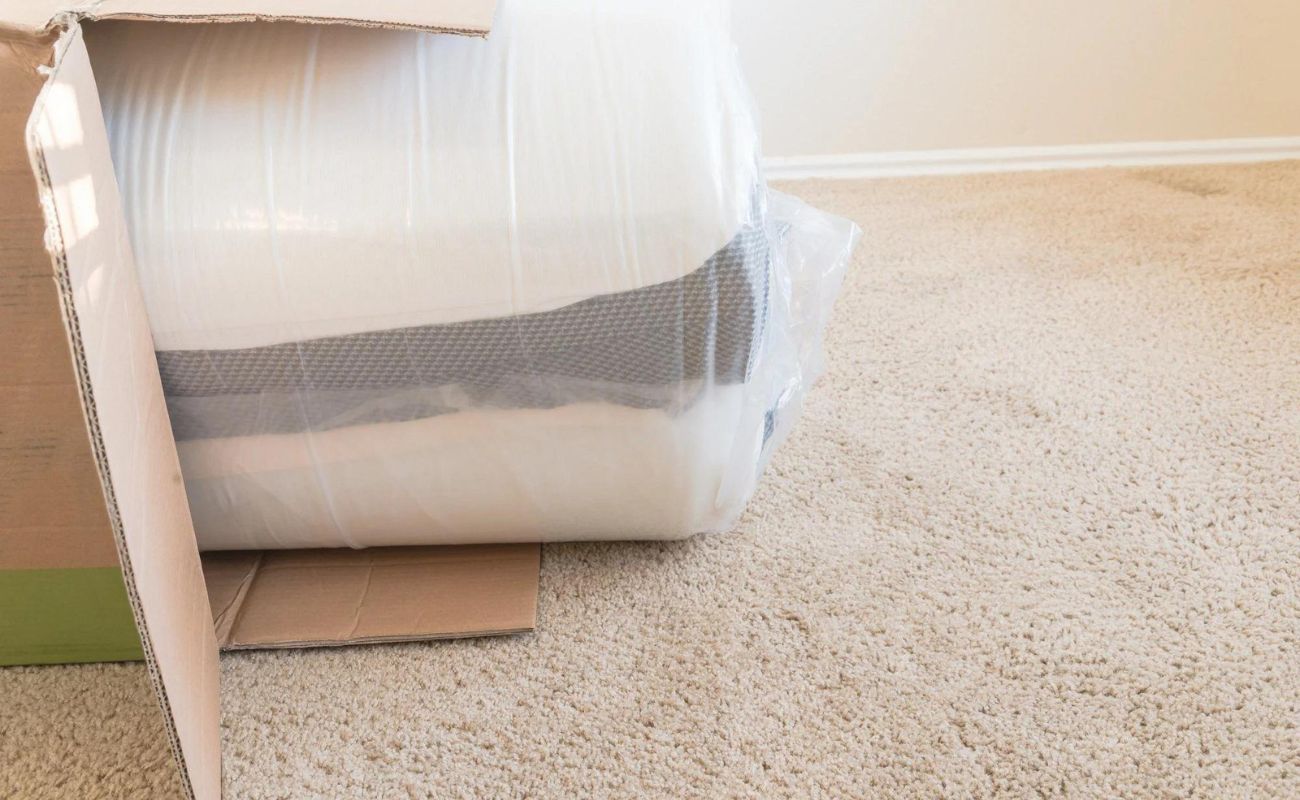
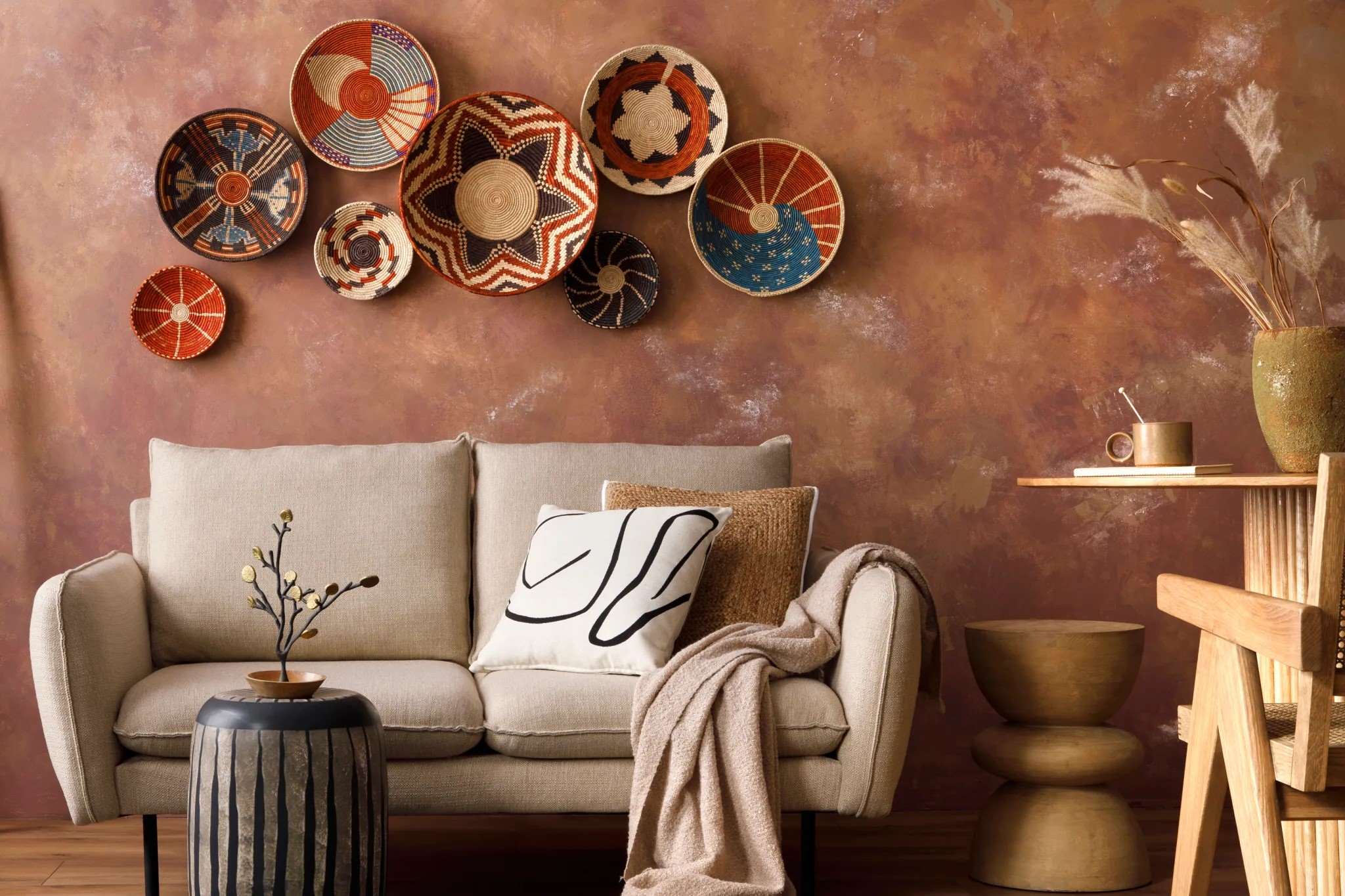





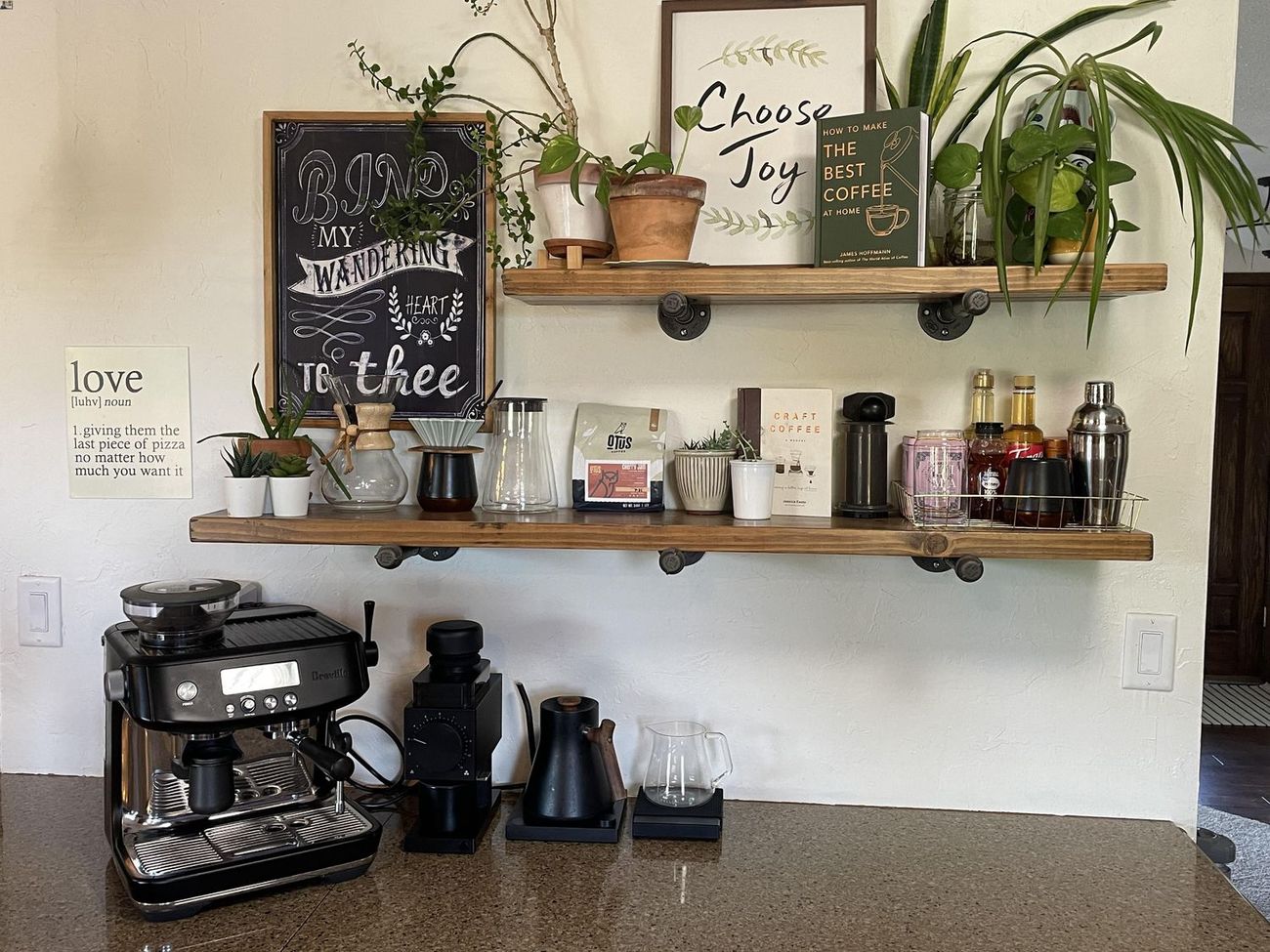
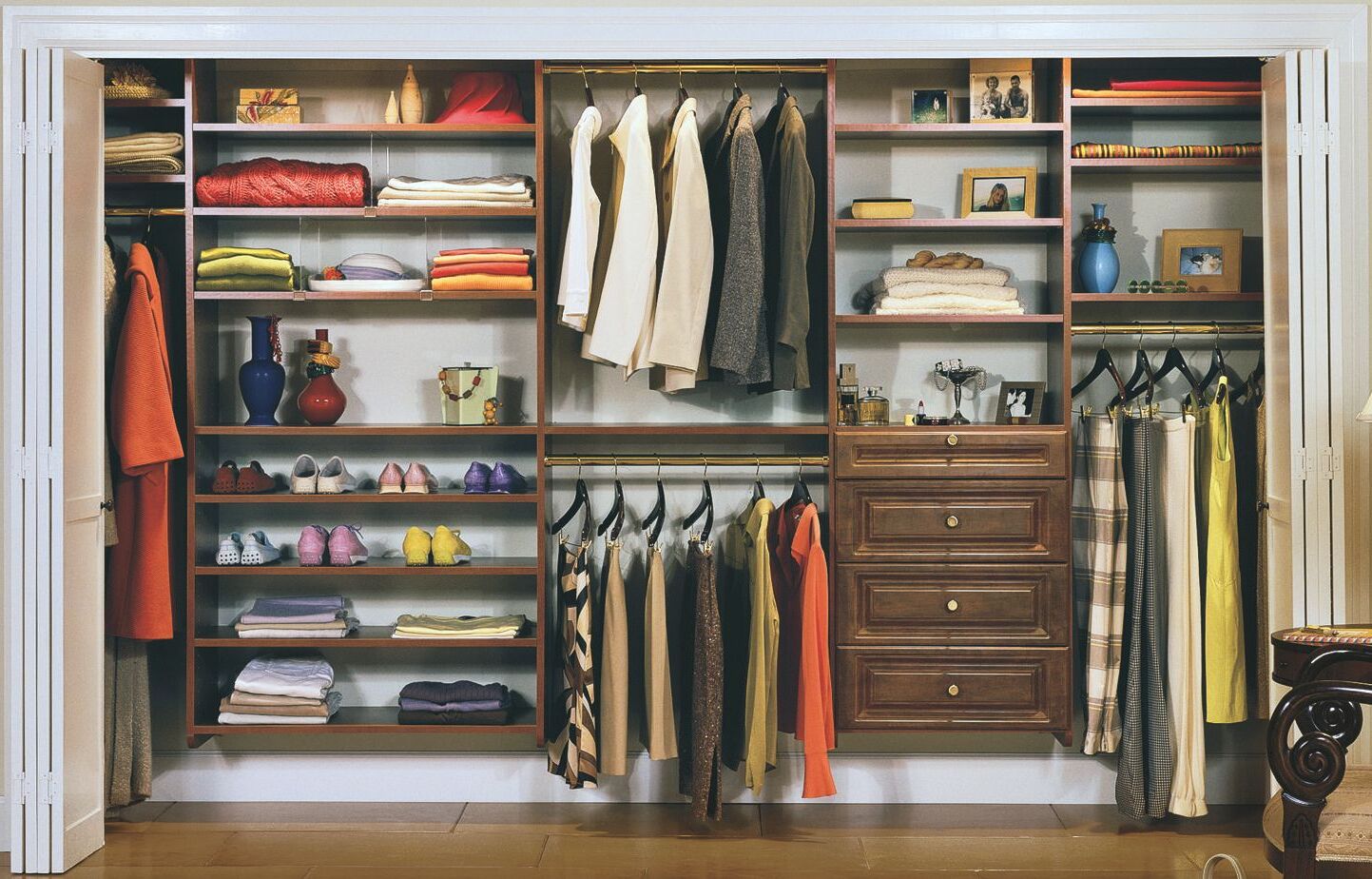



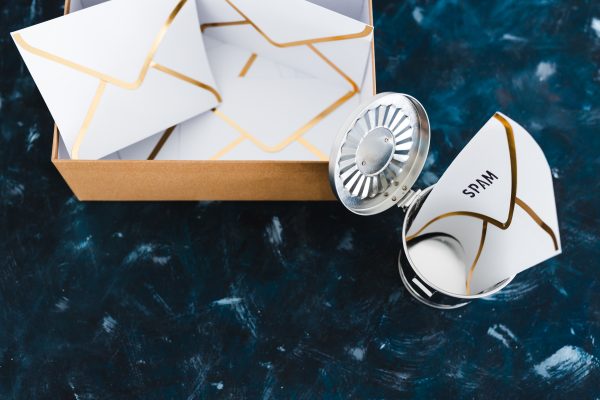

0 thoughts on “How To Organize Mail At Home”